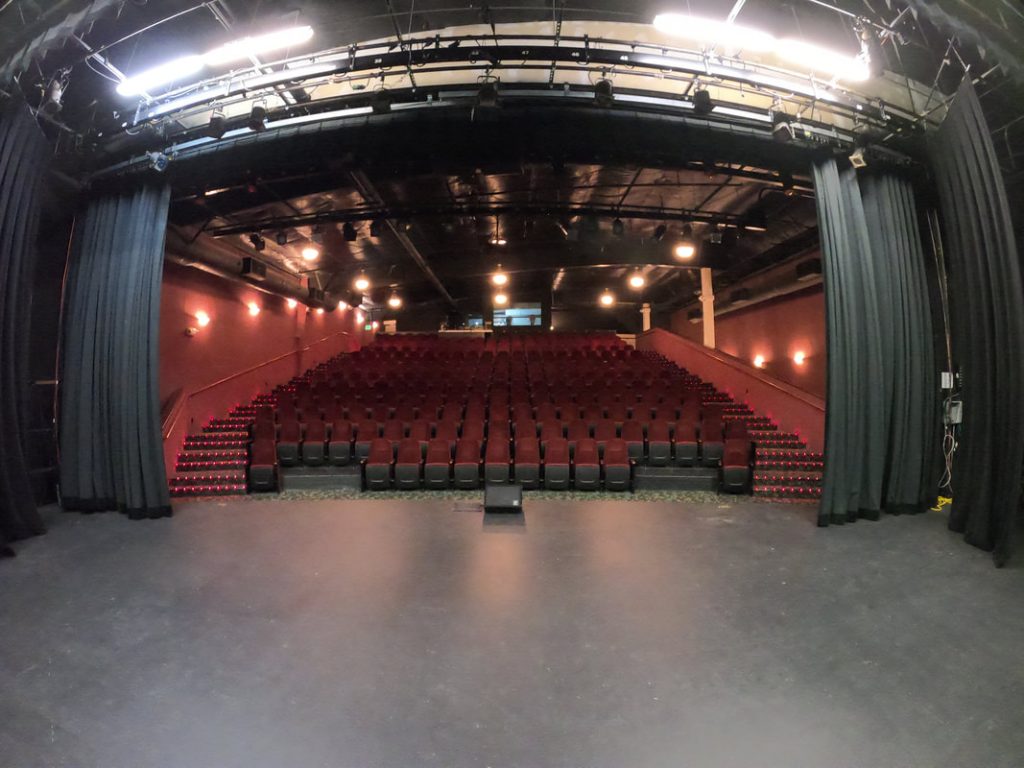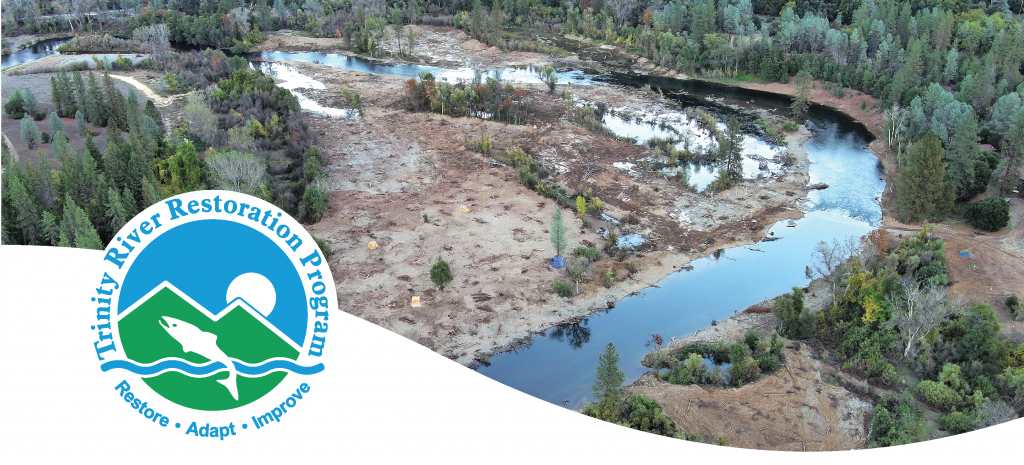
2024 Science Symposium
Pushing river restoration boundaries toward a better future in our changing world
April 30 – May 3, 2024 / Weaverville, Ca.
par·a·digm [ˈperəˌdīm]
A philosophical and theoretical framework of a scientific school or discipline within which theories, laws, and generalizations and the experiments performed in support of them are formulated.
Webster-Merriam online dictionary
For the past 24 years, Trinity River Restoration Program scientists with specialties in geomorphology, hydrology, biology, and ecology have worked to mutually impact management actions with the mission of restoring anadromous populations of Chinook Salmon, Coho Salmon, and Steelhead through recovery of river ecosystem function. Adaptive management has played a central role in providing context to scientific debate and implementation as data is received and disseminated. However, challenges remain regarding implementation of adaptive management, particularly in gaining consensus across Program technical staff, the Trinity Management Council, and the public. Within the Program we see examples of “applied scientific paradigms” shifting because of scientific information that we’ve either learned on the Trinity River, learned from other systems, or applied on the Trinity River. Examples span disciplines, but prominently have included changes to the amount, locations, and strategies of sediment augmentation, realized and proposed changes to flow and temperature management, and evolution of channel rehabilitation philosophies and practices.
The 2024 Science Symposium asks presenters and attendees to help answer this question: “How can we better apply findings from scientific inquiry to push boundaries and re-define paradigms of river restoration?” The Program has conducted science for more than two decades, and the recently adopted science plan provides a blueprint for science implementation in the coming years. How can guidance from the science plan leverage two decades of learning to maximize adaptive management potential for achieving programmatic objectives? We hope to gather, learn from each discipline, consider each management action, and focus the Program forward into new paradigms of restoration.
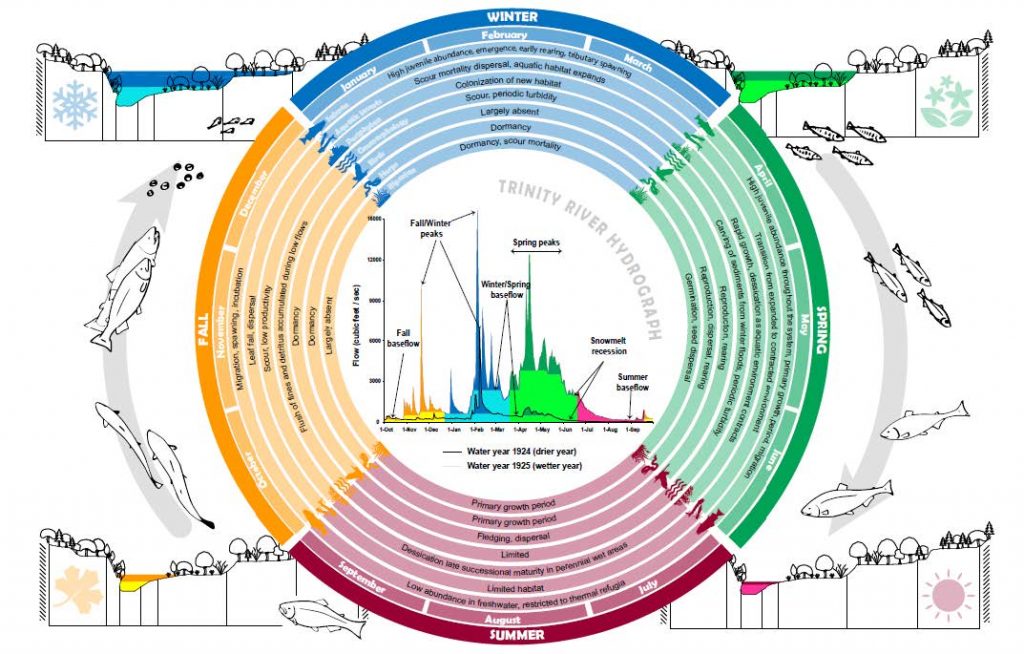
Presentations are being edited to include presenter slides – we will be uploading them to our Dataport Library and to this page once complete.

Day 1 | Fish Populations
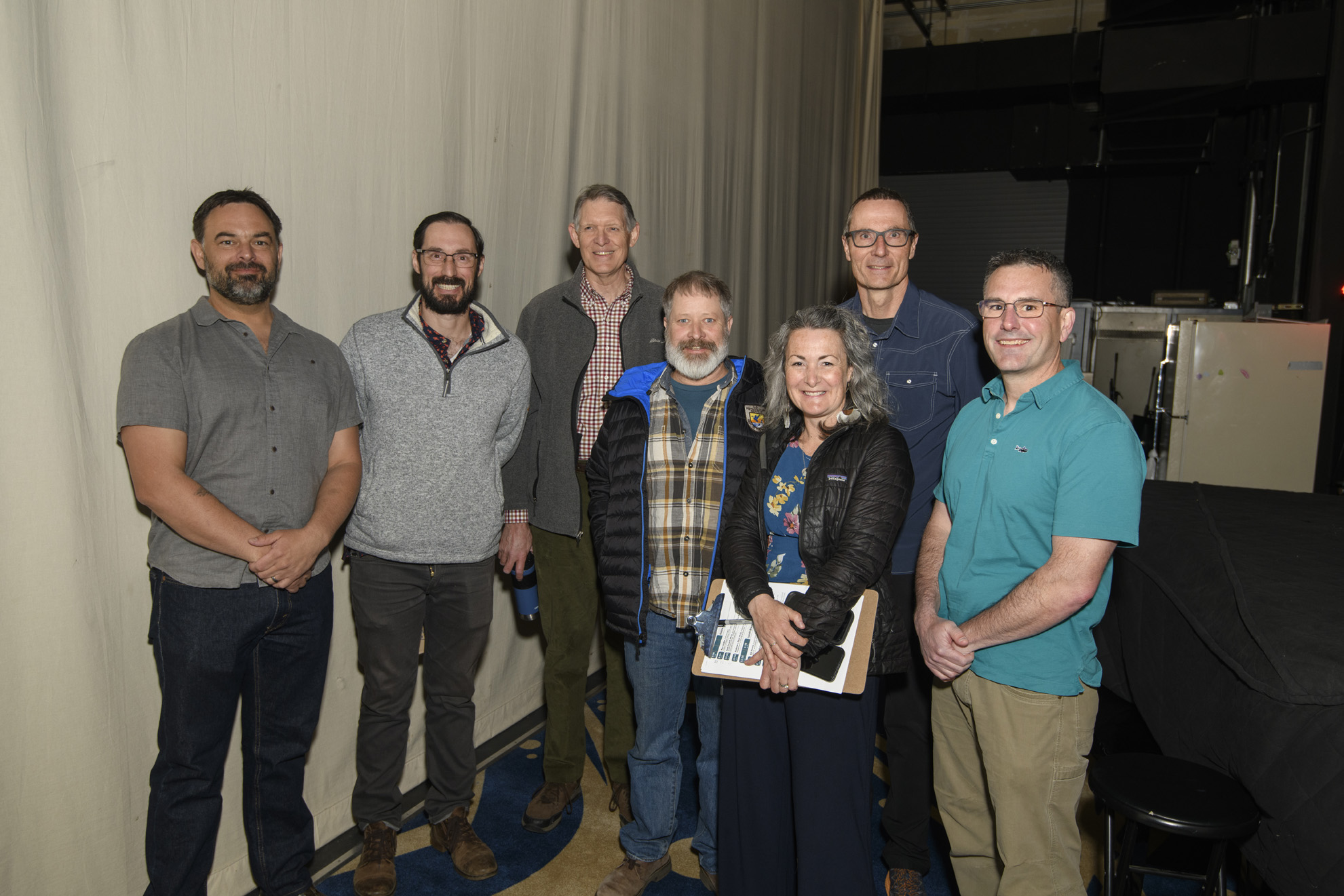
The first day of the 2024 Trinity River Restoration Program Science Symposium was a great start to the week. Science Advisory Board members Kurt Fausch, Ph.D. and Andrew Paul, Ph.D. started the day by sharing their sage wisdom from decades of scientific practice and learning.
Meet the Presenters
Kurt Fausch, Ph.D., Professor Emeritus, Department of Fish, Wildlife, and Conservation Biology – Colorado State University | Link to bio
- What is essential about rivers for fish and humans? Lessons on connectivity and connections from four decades.
Andrew J. Paul, Ph.D., Adjunct Professor, Department of Biological Services – University of Calgary, Canada | Link to bio
- Importance of experimental design to understanding aquatic ecosystems: how good intentions and experience can be the enemy of knowledge.
Bill Pinnix, Supervisory Fish Biologist – U.S. Fish and Wildlife Service – Arcata | Link to bio
- Status and trends of juvenile and adult Chinook salmon in the Trinity River.
Chad Martel, Hoopa Valley Tribe Fisheries Department | Link to bio
- Trinity River outmigrant survival study.
Nicholas A. Som, Ph.D., Unit Leader, U.S. Geological Survey California Cooperative Fish and Wildlife Research Unit, CalPoly-Humboldt | Link to bio
- Monitoring to Science to Management: science-informed decision making to combat an aquatic parasite.
Nate Mantua, Ph.D., Research Scientist – National Oceanic and Atmospheric Administration/National Marine Fisheries Service – Southwest Fisheries Science Center | Link to bio
- Monitoring to Science to Management: science-informed decision making to combat an aquatic parasite.
Day 2 | Habitat, Flow & Temperature
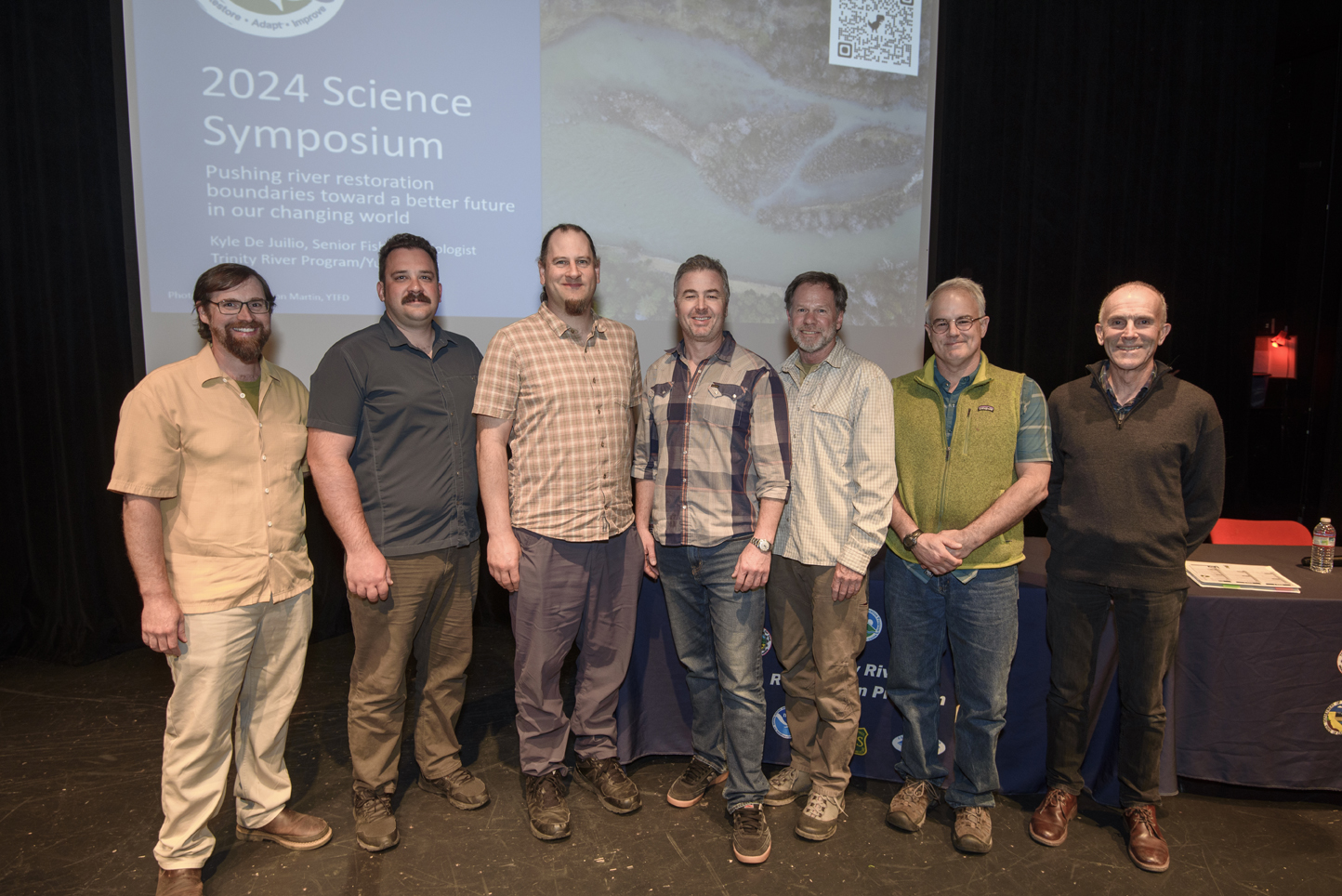
Day two of the 2024 Trinity River Restoration Program Science Symposium was intended to explore the function of the Trinity River and other lotic (rapidly moving fresh water) systems. With an emphasis on creating a common understanding that can be applied to management in the future. Much has been learned in the relatively young field of river restoration over the last few decades, and leveraging that learning is critical to successful restoration in our watershed and others.
Meet the Presenters
John Hayes, Ph.D., Senior Scientist Freshwater Fisheries & Ecohydraulics – Cawthron Institute, New Zealand | Link to Bio
- How flow affects aquatic invertebrate habitat and drift, and salmonid net energy intake and instantaneous carrying capacity.
Eli Asarian, Aquatic Ecologist and Hydrologist, Principal Scientist – Riverbend Sciences | Link to Bio
- Water temperatures in the Klamath-Trinity Basin: flow, other key drivers, and climate change implications.
Derek Rupert, Fish Biologist – Bureau of Reclamation, Northern California Area Office | Link to Bio
- Seasonally Oscillating Hydrographs.
Don Ashton, Senior Aquatic Herpetologist and Ecologist – McBain Associates/Applied River Sciences | Link to Bio
- Frogs and Turtles informing flow management and river restoration.
Todd Buxton, Ph.D., Hydrologist and Geomorphologist – Trinity River Restoration Program | Link to Bio
- Thermal stratification in pools on the Trinity River.
Seth Naman, Fisheries Biologist, NOAA Fisheries – National Marine Fisheries Service | Link to Bio
- A method to implement natural flow regimes for regulated rivers.
Day 2 Panel Discussion
Day 3 | Physical Channel Form
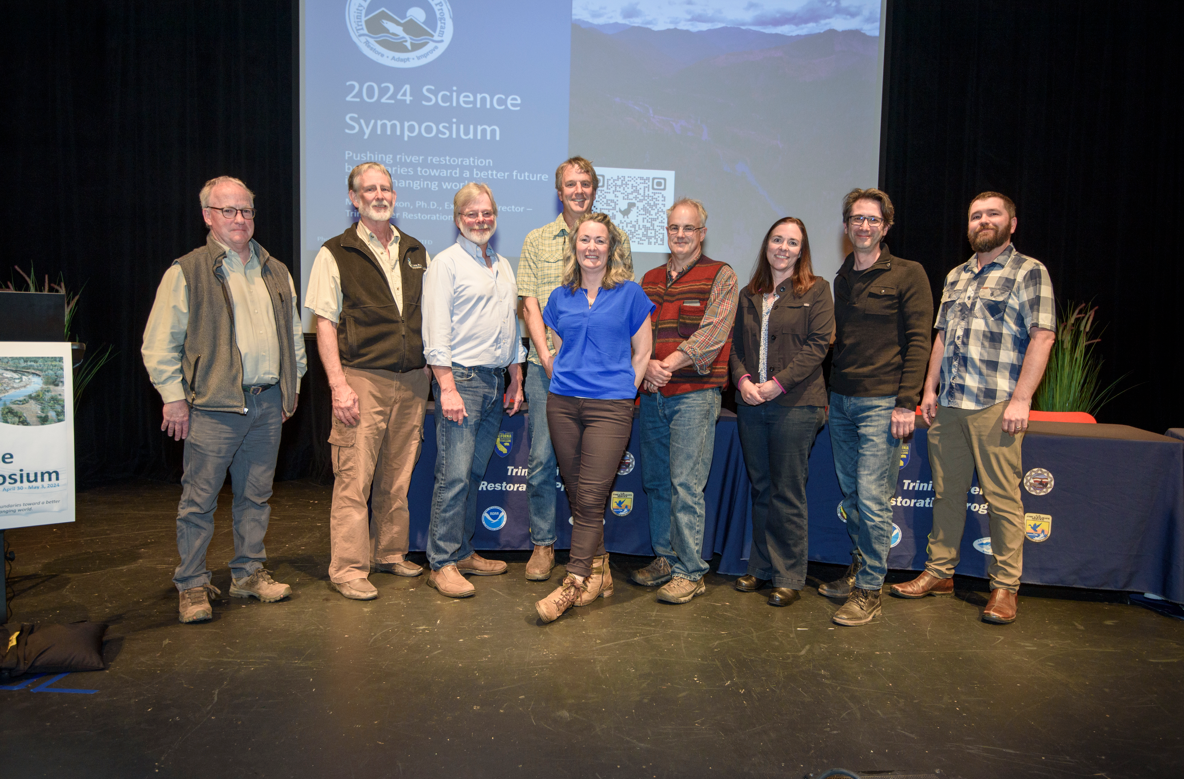
The final day of the symposium focused on the physical environment that underpins the complex riparian and aquatic river ecosystem. We learned that while the Trinity River is actually used as an example for successful implementation of a functional flows approach to streamflow management, we are still missing some key components of a functional flow hydrograph that are essential to optimizing the physical and ecological processes of the river.
Meet the Presenters
Sarah Yarnell, Ph.D., Research Hydrologist, Center for Watershed Sciences, University of California, Davis, University of California – Davis | Link to bio
- Adaptively Managing a Functional Flow regime in California.
Daniele Tonina Ph.D., P.E., Professor Department of Civil & Environmental Engineering, University of Idaho | Co-Director, Center for Ecohydraulics Research | Link to bio
- Nitrification/denitrification, temperature and dissolved Oxygen changes within the hyporheic zone and emissions of greenhouse gases.
John Buffington, Ph.D., Research Geomorphologist, U.S. Forest Service | Link to bio
- Stability of channel morphology and aquatic habitat in a changing climate: Implications for management of regulated rivers.
Todd Buxton, Ph.D., Hydrologist/Geomorphologist, Trinity River Restoration Program | Link to bio
- History of fine sediment and its impacts on physical processes and biologic populations in the Trinity River.
David Gaeuman, Ph.D., Senior Geomorphologist, Yurok Tribe, Design and Technical Services Program | Link to bio
- A decade of tracking coarse sediment augmentations: where has all the gravel gone?
Scott McBain, Fluvial Geomorphologist, McBain & Associates/Applied River Sciences, Consultant to Hoopa Valley Tribe Fisheries Department | Link to bio
- Background of sediment management in the Trinity River Flow Evaluation Study, and considerations for future coarse sediment management.
James Lee, M.S., Implementation Branch Chief, Trinity River Restoration Program | Link to bio
- Implications of variable summer baseflows to riparian vegetation in the Trinity River riparian corridor.
Conor Shea, Ph.D., P.E., Civil Engineer: Hydraulics and Geomorphology, U.S. Fish and Wildlife Service, Arcata | Link to bio
- Paradigms and evolution of channel form on the Trinity River.
Day 3 Panel Discussion
Day 4 | Field Trip to Restoration Sites




